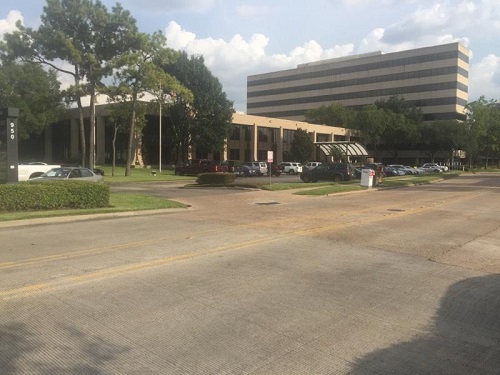Around the world, lung cancer is one of the leading causes of death. In the United States, it’s the number one killer of both men and women. And while smoking is still the primary cause of lung cancer, there are other risk factors as well. One of these is exposure to asbestos.
Lung nodules are small, round growths on the lungs that are usually no more than three centimeters in size. The most common cause of lung nodules is exposure to tobacco smoke. This irritates the lungs and damages the cells, which can lead to the formation of growths.
In addition, they can also be caused by a variety of other things, including infections, inflammation, tumors, and other conditions. Most of the time, they’re benign (non-cancerous). But in some cases, they can be malignant (cancerous). People who have a history of lung disease or who have a family history of lung cancer are also at increased risk for developing lung nodules.
Symptoms:
The symptoms of lung nodules depend on their size and location. If they’re small and not causing any problems, you may not even know they’re there. But if they grow larger, they can cause a variety of symptoms, including:
- Coughing up blood
- Shortness of breath
- Wheezing
- Chest pain
- Cough that doesn’t go away
If you have any of these symptoms, you should see a doctor right away.
How is it Diagnosed?
Lung nodules are usually found incidentally, during a chest X-ray or CT scan for another reason. If your doctor sees a nodule on your lung scan, they’ll likely order additional tests to determine if it’s cancerous. These tests can include a biopsy, in which a small sample of tissue is removed from the nodule and analyzed under a microscope or a PET scan (a special type of imaging test). If the tissue is found to be cancerous, further testing will be required to determine the stage of the cancer.
Risks associated with Lung Nodules:
There are several risks associated with lung nodules. First, if a nodule is cancerous, it can spread to other parts of the body and cause more serious health problems. Second, even if a nodule is benign, it can still cause problems if it grows too large or presses on other structures in the chest. Finally, some nodules can be difficult to spot on a scan, which means they may not be discovered until they have caused significant damage.
How are Lung Nodules Treated?
There are several different treatment options available for patients with lung nodules. The most common approach is to simply monitor the nodule, performing regular imaging tests to check for any changes in size or shape. If the nodule remains stable, no further treatment may be necessary. However, if the nodule begins to grow, additional treatment options may be considered.
1. Surgery:
Surgery is often the first line of treatment for growing nodules. The goal of surgery is to remove the entire nodule, along with a small margin of healthy tissue around it. In some cases, a lobectomy (removal of an entire lobe of the lung) may be necessary. The type of surgery performed will depend on the size and location of the tumor. In some cases, a minimally invasive procedure called video-assisted thoracic surgery (VATS) may be used. VATS is a less invasive alternative to traditional open surgery and allows patients to recover more quickly. Whether VATS or open surgery is used, the goal of treatment is to remove the entire tumor while sparing as much healthy tissue as possible. After surgery, patients will typically need to undergo radiation therapy or chemotherapy to ensure that all of the cancer cells have been destroyed.
2. Chemotherapy:
Other treatment options include radiation therapy and chemotherapy. These treatments can be used alone or in combination with each other, depending on the specific case. Treatment decisions are made on a case-by-case basis, taking into account the patient’s overall health and preferences. If you have any symptoms that concern you, or if you’ve been exposed to risk factors for lung cancer, be sure to see your doctor. They can order the appropriate tests and refer you to a specialist if necessary. Early detection is key to the successful treatment of lung cancer.
References:
- Loverdos, K., Fotiadis, A., Kontogianni, C., Iliopoulou, M., & Gaga, M. (2019). Lung nodules: a comprehensive review on current approach and management. Annals of thoracic medicine, 14(4), 226.
- Pedersen, J. H., Saghir, Z., Wille, M. M., Thomsen, L. H., Skov, B. G., & Ashraf, H. (2016). Ground-glass opacity lung nodules in the era of lung cancer CT screening: radiology, pathology, and clinical management. Oncology (Williston Park, NY), 30(3), 266-274.
- van Klaveren, R. J., Oudkerk, M., Prokop, M., Scholten, E. T., Nackaerts, K., Vernhout, R., … & de Koning, H. J. (2009). Management of lung nodules detected by volume CT scanning. New England Journal of Medicine, 361(23), 2221-2229.


